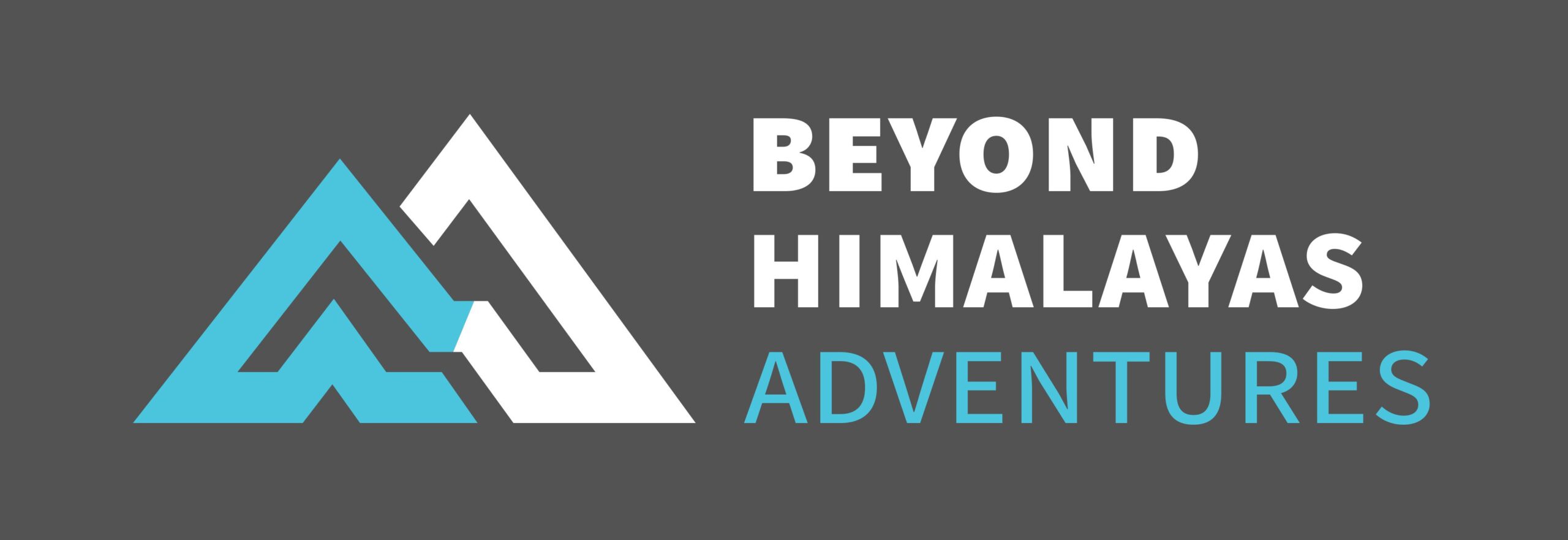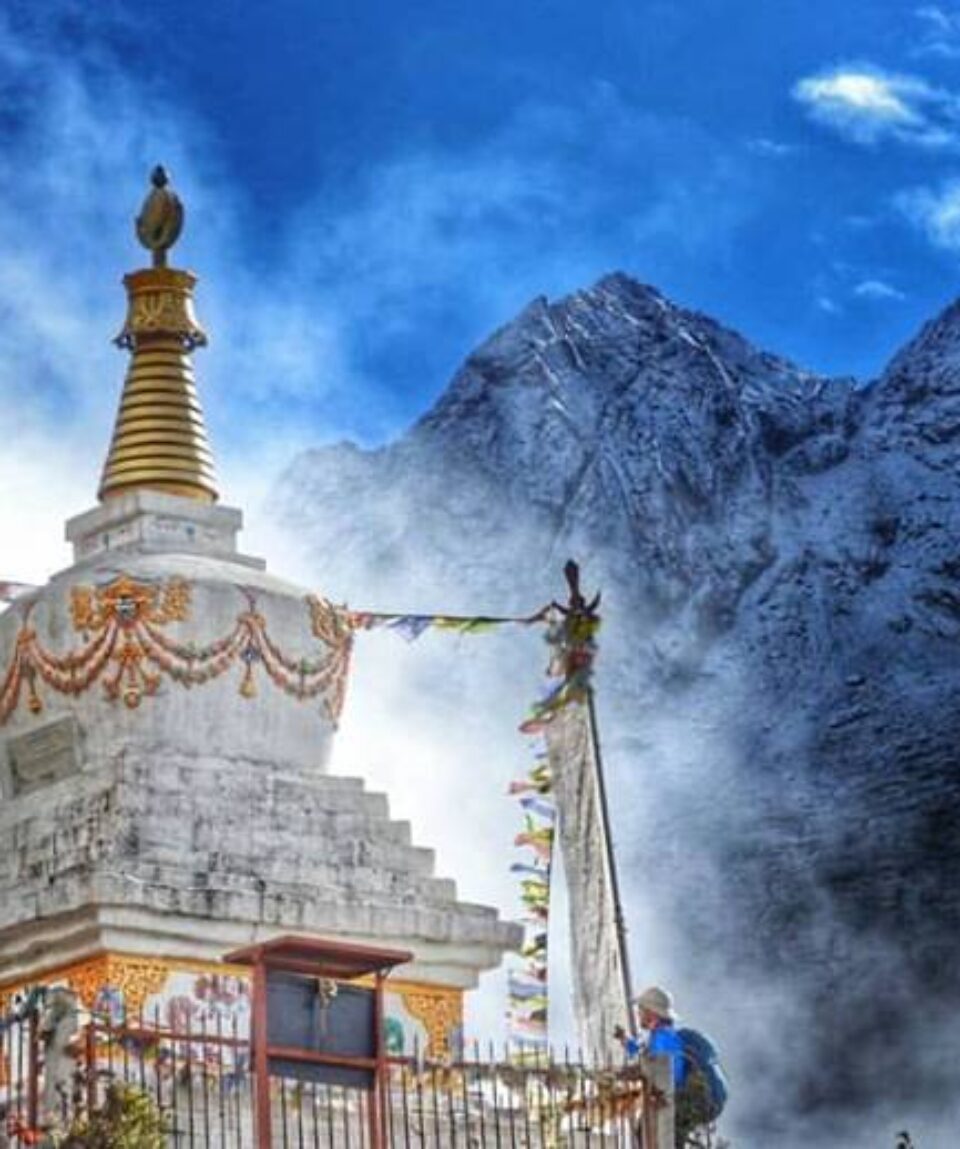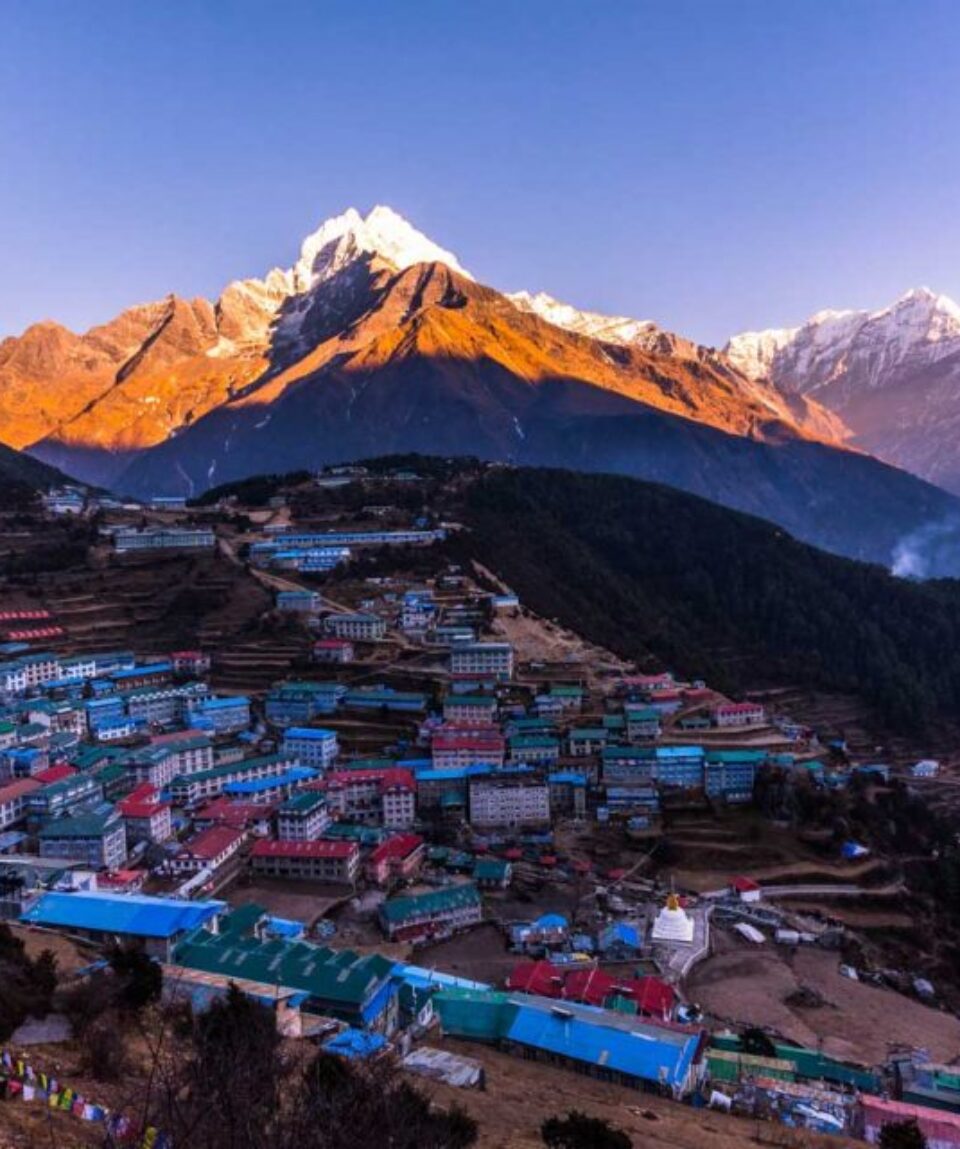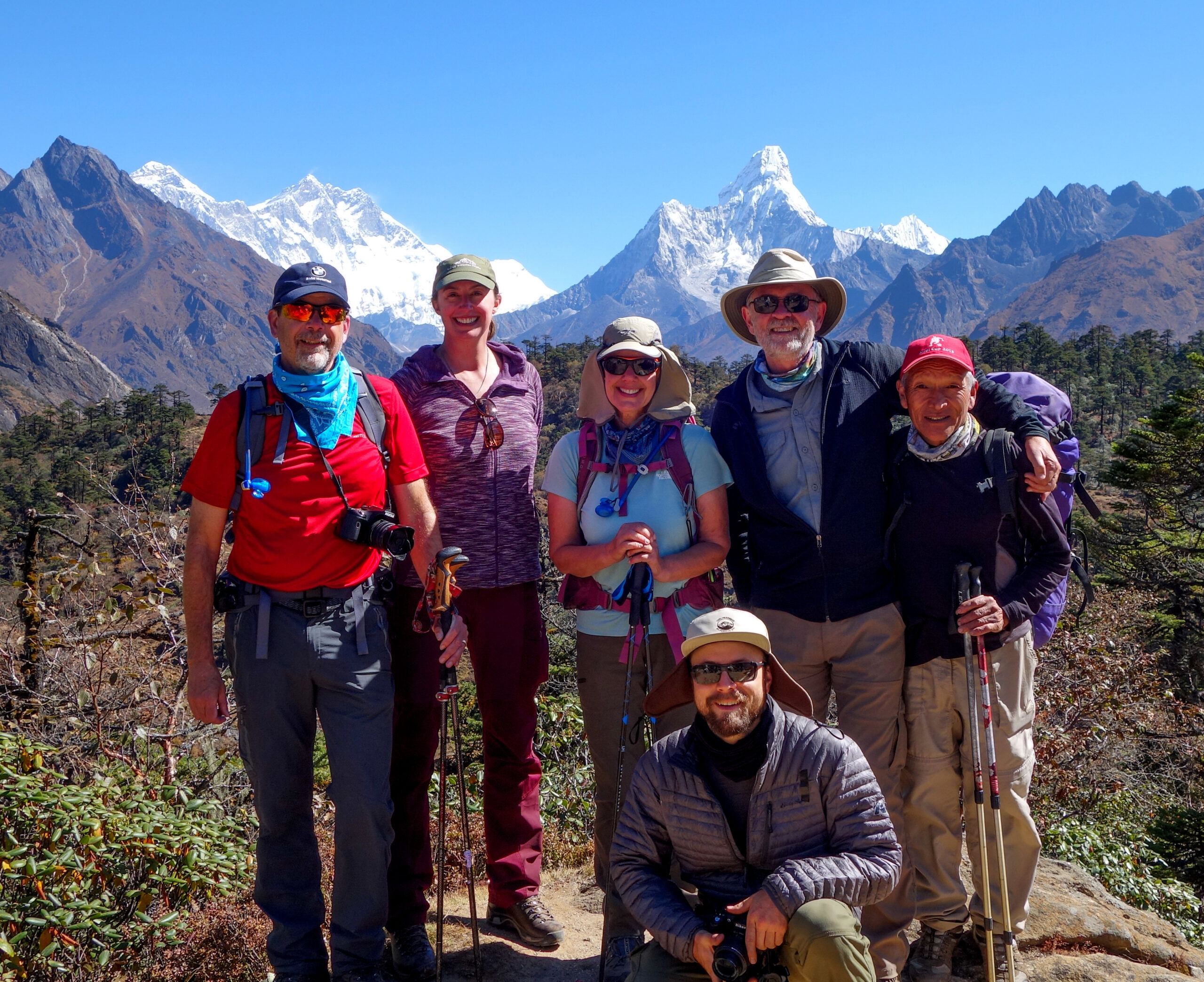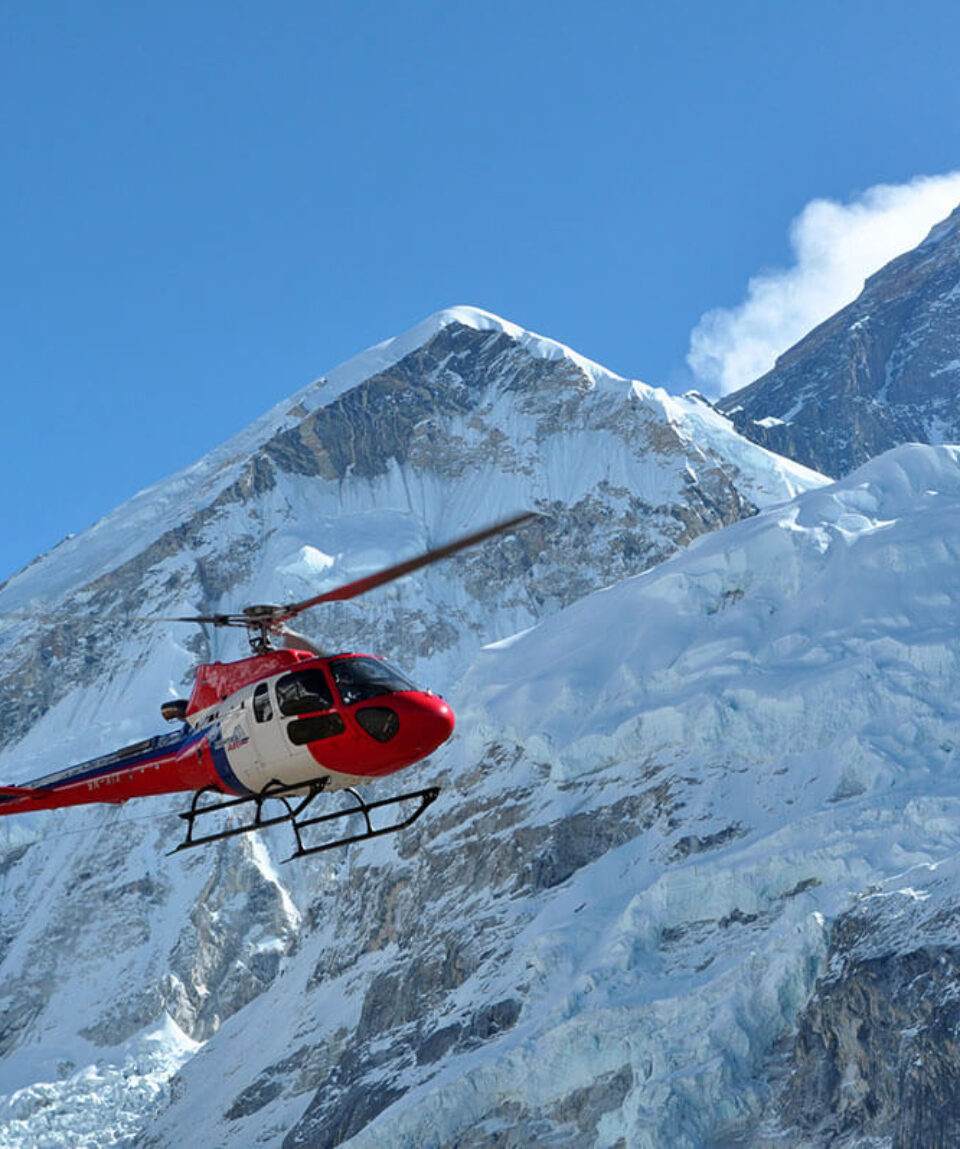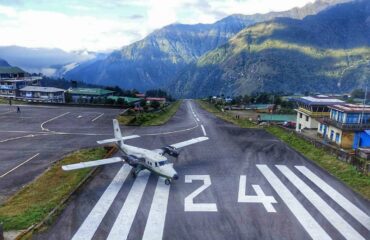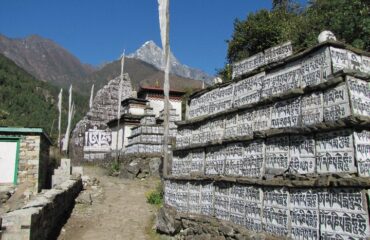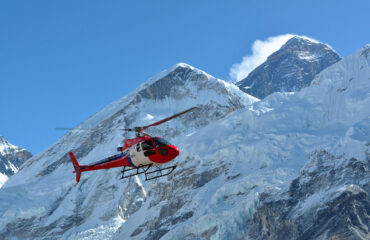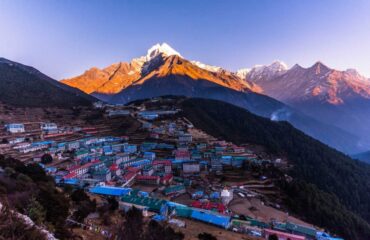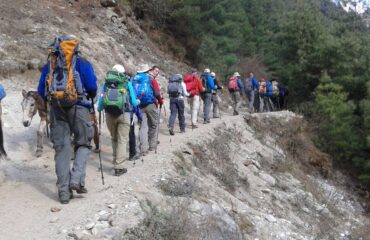Everest Comfort Trek
fromEmbark on a comfortable trek in the Everest region and enjoy panoramic views of Everest and other mighty Himalayas with a comfortable stay while trekking on the classical route.
-
Reviews 0 Reviews0/5
-
Vacation Style Holiday Type
-
Hiking
-
-
Activity Level Strenuous
-
Group Size Medium Group
Everest comfort trekking leads through the homelands of the Sherpa people and will see Buddhist monasteries and close-up views of Mt. Everest and neighboring Ama Dablam, Thamserku, Lhotse Nuptse, considered by many to be among the most beautiful mountains in the Everest Himalaya region. Our Everest Comfort Trek itinerary has been designed so that trekkers can enjoy the splendors of the Everest region in comfort whilst being able to experience the local culture of the surrounding villages.
This trip is designed to accommodate trekkers who prefer a comfortable stay while trekking on the classical route to Everest. This trail takes you to the valley of Dingboche with Tengboche monastery and a short helicopter shuttle to Everest Base Camp and back to Lukla. Everest Comfort Trek is based on comfort mountain lodges situated around the trans-Himalaya Range at Khumbu,
Our Everest Comfort Trek is best recommended as a family trip for the old age people and for all those adventure lovers who have limited time to stay in Nepal or who prefer a comparatively easy Everest trekking experience with an excellent Himalayan view
Trip Highlights:
- Trek to the foot of breathtaking Everest, the world’s highest mountain.
- Step inside and experience life as the “mountain people”
- Discover the majestic Khumbu Valley
- Helicopter shuttle to Everest Base Camp and back to Lukla
- Hike up to Tengboche Gumba at 3,867 meters
- Appreciate the unique and rich cultures of the world-famous Sherpas
- Airport transfers and escort.
- All meals while on the trek. (breakfast, lunch, and dinner)
- Accommodation during the trek at the local lodge.
- Domestic airfares Kathmandu-Lukla-Kathmandu
- Heli: Dingboche- Everest-Lukla
- English speaking government-licensed guide (4 trekkers=1 assistant guide)
- Porter Service (2 Trekker =1 porter)
- Staff cost including their (Wages, food, insurance, and accommodation)
- All national park local municipality entry fees.
- 3 nights accommodation at 5-star category hotel in Kathmandu on twin sharing basis with breakfast.
- All guided sightseeing tours in Kathmandu and entry fees.
- All ground transportation on comfortable private vehicle
- All government and local taxes
- International airfares
- International Airport Departure Tax and visa entry fees
- Trekking and personal equipment
- Major meals, Lunch, and dinner during your stay in Kathmandu
- Any type of personal expenses, such as alcoholic beverages and drinks, phone, and laundry.
- Rescue & travel insurance, trip cancellation costs, accident or health emergency, evacuation, loss, theft or damage to baggage, and personal effects.
- Tips & Gratuities to porters and guides
- We strongly advise you to take out personal travel insurance.
- Day 1 Depart Home Country
- Day 2 En route (Transit)
- Day 3 Arrival in Kathmandu (1,300m/4,264ft) and transfer to hotel
- Day 4 Flight to Lukla (2850m/9317ft) & trek to Phakding (2610m/ 8562ft) 3 hrs
- Day 5 Trek to Namche (3440m/11286f) 4-6 hrs
- Day 6 Acclamatization day and excursion around Namche
- Day 7 Namche Bazaar to Tengboche (3,870m/12,694ft): 5-6 hrs
- Day 8 Tengboche to Dingboche (4,360 m/14,300 ft) 4-6 hrs
- Day 9 Acclimatization day –rest day at Dingboche
- Day 10 Heli: Dingboche- short flight to Everest-Lukla; Flight :Lukla-Ktm
- Day 11 Free day in Kathmandu
- Day 12 Transfer to airport for final departure
- Day 13 En Route Home country
- Day 14 Arrive Home Country
The main emphasis while trekking is on keeping warm and dry while still being lightweight. You should bring a rucksack or backpack for the gear required during the day. Your pack should contain items such as warm clothes, a jacket, a camera, water bottles, a personal first aid kit, and snacks. The weight limit is 5kg. A porter will carry the rest of your personal equipment packed in a duffel or kit bag. The weight limit for your duffel bag is 15 kg however it is different in the case of peak climbing and expedition.
A Note on Packing
For your international flights, we recommend that you pack all your equipment in your two duffle bags or suitcase. Do not simply pack your backpack (since the straps can be damaged by the baggage handling machines). It is important to lock these bags for their trip. Depending on the airport, you may be able to put your travel locks on after TSA has searched the bags. If not, Lock the bags with Zip Ties. If the TSA cuts off the zip-tie to search your bag, they will replace it. You will still need the travel locks to lock your bags in the hotel and during the trek. Generally, you will take one duffel on the trek , and leave one in the hotel in Kathmandu with your belongings for your time in the city. Your trek in duffel will only be accessible in the evenings (with items such as changes of clothing, sleeping bag), and your day pack will hold vitals such as water, layering, blister kit, and camera.
Headwear
- Sun Hat/Normal cap
- Fleece or woollen hat
- Earmuffs/Ear warmers (optional)
- Sunglasses with UV protection
- Buff Scarf / thin face mask
Handwear
- Fleece or woollen thin gloves
- Gore-Tex mitten gloves
Bodywear
- Gore-Tex Jacket
- Gore-Tex Pant
- Hiking pant
- Fleece trouser and jacket or warm jumper – Recommended not thick but warm enough that fits inside the Gore-Tex pant
- Anti-sweat T-shirt
- Thermal inner trouser
- Down jacket with hoodie
Footwear
- Trekking boots
- Hollow Out Outdoor Slipper
- Trekking socks (4-5 pair)
Other equipment
- Lightweight Sleeping bag (comfort rated – 15 ºC)
- 25-30 Liter Rucksack with cover
- Medium size Duffel Bag with padlock
- Headlamp with spare batteries
- Water bottles 1 Liter
- Thermos
- Basic First Aid Kit including antiseptic cream, throat lozenges, diarrhoea treatment (Imodium), altitude (Diamox), painkillers, plasters and blister treatment, insect repellent, and re-hydration salts (Dioralite). Glucose tablets and multi-vitamin tablets are also a good idea.
Washing Kit & Toiletries
- Waterproof washing kit bag
- Towel – medium size
- Washing soap, towel, tooth pest, toothbrush etc.
- Sun Lotion Enough +30SPF (including total bloc for lips, nose etc.)
- Handwash & sanitizer
- Toilet paper (you can buy this in the lodges)
- Wet tissues
Optional items
- Trekking poles
- Trainers or similar for use in the lodges
- Shorts
- Baselayer leggings
- Gaiters
- Sleeping bag liner
- Pillowcase
- Earplugs (particularly if you are not the one snoring)
- Camera
- Pen-knife (remember to pack sharp objects in hold baggage)
- Repair kit – (e.g. needle, thread, duct tape)
Conclusion:
As the weather condition is unpredictable in the Himalayan region, you need to be prepared at all times. A day can start sunny with clear skies and later become cold and windy at the high altitudes.
Sometimes, it can rain and snow during the trekking period. You need to remember that for a successful trekking journey, your physical comfort must be the first priority.
Note:
Please note that these items listed above will vary according to the season, trek duration. Please remember that your luggage will be carried by the porter, but you need to carry a daypack on your own. We also suggest you pack only necessary items to keep the weight of your equipment to a minimum.
In general, the trek is mostly moderate and slightly difficult at some places. Trekking to Namche Bazaar from Lukla itself is a challenging walk as the trail is very steep and sloppy. The farthest point on the trek is Tengboche at 3,870m (12,697ft.). You will take an acclimatization hike up to Everest View Hotel which is situated at 3,962m (13,000ft.) while you are in Namche Bazaar. This is in fact, the highest point on the trek. If you are physically fit and mentally strong with a strong determination, then this trek is not as difficult as one can reckon. The only factor that attributes to the difficulty of this trek is the altitude and the long walking hours on uneven terrains for several days.
The most popular months for trekking in the Everest region are March, April, May, October and November, as these months are when the conditions are at their best. The spring and the autumn tend to offer reasonable temperatures, clear skies, little-to-no rain, and less chance of problematic snowfall.
